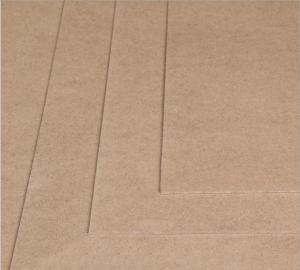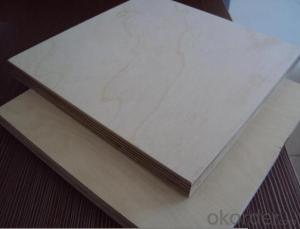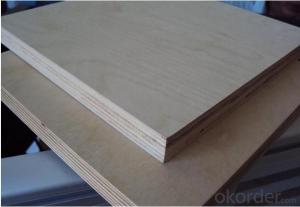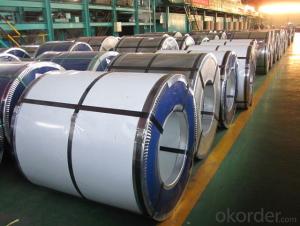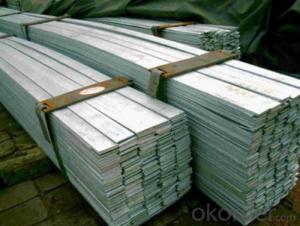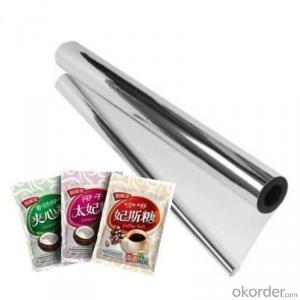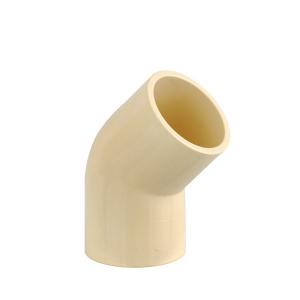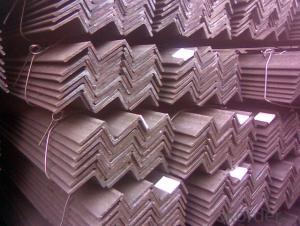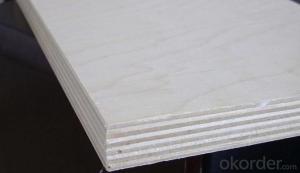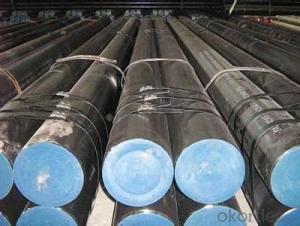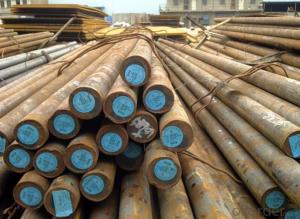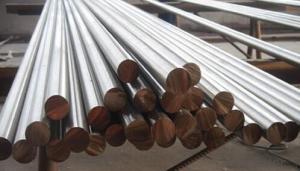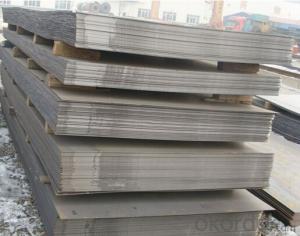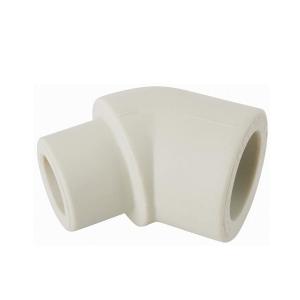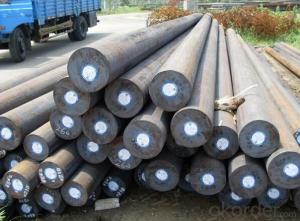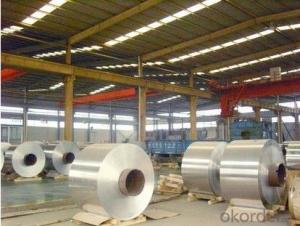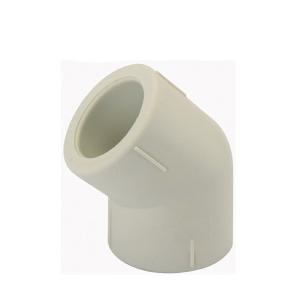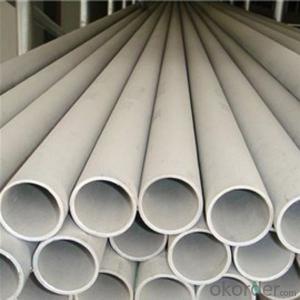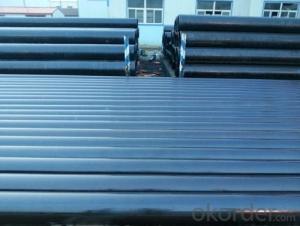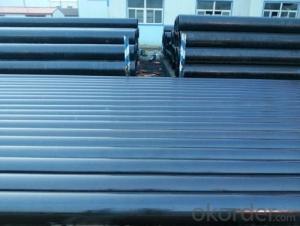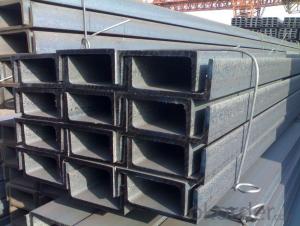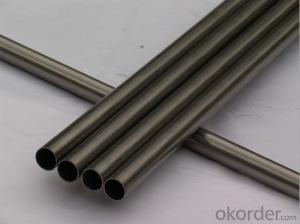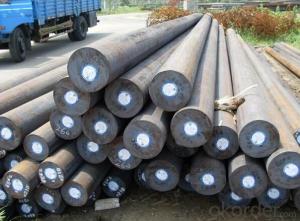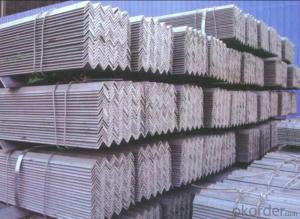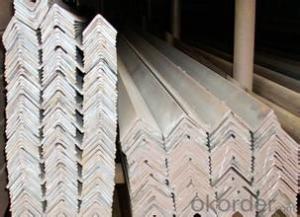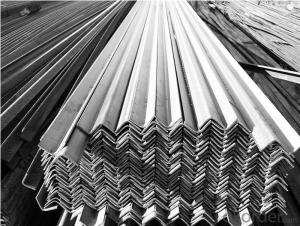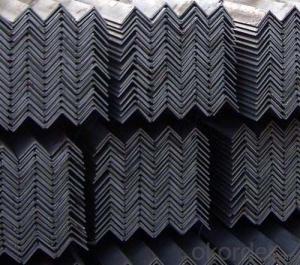Astm A536 Grade 65 45 12
Astm A536 Grade 65 45 12 Related Searches
Plywood In Dubai 1 4 Inch Exterior Grade Plywood Industrial Grade Carpet White Plywood Sheets 6 X 4 Plywood Sheets Astm A536 Grade 65 45 12 Roofing Plywood Sheets Furniture Packaging Materials Grade 80 Rebar 1.5 Inch PlywoodHot Searches
Used Foam Board Insulation For Sale Magnesium Oxide Board For Sale Hdf Board For Sale sintra board for sale High Mast Light Price List Solar High Mast Light Specification Gypsum Board Price Per Sheet In India High Mast Light Specification High Density Mdf Board Suppliers 5 8 Type X Gypsum Board Price Stage Light Price Solar Inverter Fault Light Polyurethane Insulation Board Price Mdf Price Per Sheet Pre Laminated Board Price List 4Mm Mdf Sheet 1220X2440Mm Price Led Light Manufacturers Solar Inverter Pcb Board 6Mm Mdf Board Price 18Mm Ply Board PriceAstm A536 Grade 65 45 12 Supplier & Manufacturer from China
Okorder.com is a professional Astm A536 Grade 65 45 12 supplier & manufacturer, offers integrated one-stop services including real-time quoting and online cargo tracking. We are funded by CNBM Group, a Fortune 500 enterprise and the largest Astm A536 Grade 65 45 12 firm in China.Hot Products
FAQ
- The common design codes and standards for steel angles depend on the specific application and industry requirements. However, some widely recognized design codes and standards applicable to steel angles include: 1. American Institute of Steel Construction (AISC): AISC provides design specifications and standards for structural steel construction, including angles. The AISC Steel Construction Manual offers guidance on the design of steel structures, including the selection and design of steel angles. 2. American Society for Testing and Materials (ASTM): ASTM International develops and publishes technical standards for various materials, including steel. ASTM A36/A36M is a commonly referenced standard for carbon structural steel, including angles. It specifies the requirements for chemical composition, mechanical properties, and testing methods. 3. European Norm (EN): The European Norm specifies technical delivery conditions for structural steel products. EN 10025-2 covers non-alloy structural steels, including angles, and provides requirements for chemical composition, mechanical properties, and tolerances. 4. British Standards Institution (BSI): The BSI publishes a range of standards relating to steel angles, including BS EN 10056-1, which details the dimensions and tolerances for hot-rolled equal and unequal steel angles. 5. Canadian Standards Association (CSA): CSA standards provide guidance for steel design and construction in Canada. CSA G40.21 is a widely used standard that covers the requirements for general structural steel, including angles. It is important to note that these are just some examples of the common design codes and standards for steel angles. Depending on the specific project and geographic location, there may be additional local or industry-specific codes and standards that need to be considered when designing and specifying steel angles. Consulting with a structural engineer or referring to the relevant design codes and standards is crucial to ensure compliance and safety in the design and construction of steel angles.
- Yes, steel angles are suitable for use in high-rise buildings. They are commonly used as structural members in high-rise construction due to their strength, durability, and ability to withstand heavy loads and forces. Steel angles provide excellent support and stability, making them a reliable choice for constructing the framework of high-rise buildings.
- Yes, steel angles can be used in the construction of transmission towers. Steel angles are commonly used as structural components in various construction projects due to their strength, durability, and versatility. In transmission tower construction, steel angles are often used to provide support and stability. They can be used for bracing, cross arms, and other structural elements of the tower. The angles are typically made from high-strength steel to withstand the heavy loads and harsh environmental conditions that transmission towers are exposed to. Additionally, steel angles can be easily fabricated, connected, and erected, making them a cost-effective choice for transmission tower construction.
- Yes, steel angles can be used in electrical applications. They are often used as structural supports or brackets for mounting electrical components, conduit, or cable tray systems. Steel angles provide strength and stability, making them suitable for various electrical applications in both residential and commercial settings.
- The spacing of steel angles in a support structure is dependent on various factors, such as the load being supported, the size and thickness of the angles, and the design criteria specific to the project. Generally, the spacing between steel angles should be determined by the structural engineer or designer based on the maximum allowable deflection and stress criteria for the given application. Steel angles are commonly utilized in support structures due to their strength and versatility. They offer stability and support to different types of loads. However, excessive spacing between steel angles can result in increased deflection and stress on the structure, potentially compromising its integrity. To establish the maximum spacing, the engineer will take into account the load-bearing capacity of the steel angles, the expected load distribution, and any relevant building codes or industry standards. The specific design criteria will dictate the allowable deflection and stress limits, which will then be utilized to calculate the appropriate spacing between the angles. It is important to note that different support structures may have varying requirements for maximum spacing. For example, in a roof truss system, the maximum spacing between steel angles may be smaller compared to a mezzanine support structure. Furthermore, the maximum spacing may differ depending on whether the angles are used as primary or secondary support members. Ultimately, the determination of the maximum spacing for steel angles in a support structure should be done through a comprehensive engineering analysis, taking into consideration the specific project requirements and safety factors. It is always advisable to consult with a structural engineer or design professional to ensure that the support structure meets all necessary safety and performance criteria.
- Yes, steel angles can be used in signage. Steel angles are commonly used as a structural support for signs, providing stability and durability. They can be easily welded or bolted together to create a sturdy framework for mounting signage materials such as panels, letters, or graphics. Additionally, steel angles offer versatility in terms of design options, allowing for various shapes and sizes of signage to be constructed.
- The load-bearing capacities of different steel angle sizes vary depending on several factors such as the material grade, the angle size, and the length of the angle. Generally, larger steel angle sizes have higher load-bearing capacities compared to smaller sizes. To determine the load-bearing capacity of a specific steel angle size, it is crucial to consider its moment of inertia, which is a measure of its resistance to bending. The moment of inertia increases with the size of the angle, resulting in higher load-bearing capacities. Additionally, the yield strength of the steel used in the angle also plays a significant role in determining its load-bearing capacity. Yield strength is the maximum stress that a material can withstand without permanent deformation. Steel angles with higher yield strength are capable of carrying heavier loads. It is important to consult engineering resources such as steel design manuals or structural engineers to obtain accurate load-bearing capacity information for different steel angle sizes. These resources provide tables and formulas that consider the specific dimensions and properties of the angle to calculate the maximum allowable load it can bear safely. In conclusion, the load-bearing capacities of different steel angle sizes depend on various factors including the angle size, material grade, and yield strength. Consulting reliable engineering resources is necessary to obtain accurate load-bearing capacity information for specific steel angle sizes.
- Architectural applications utilize various connections for steel angles. Among the commonly used types are: 1. Welded connections: Steel angles are connected through welding, a method that involves melting and joining the base metals using heat. Welded connections offer exceptional strength and rigidity, making them ideal for heavy-duty tasks. 2. Bolted connections: This type involves securing steel angles using bolts, nuts, and washers. It allows for effortless assembly and disassembly, making it a preferred choice when flexibility or future modifications are required. 3. Riveted connections: Riveting involves utilizing metal pins known as rivets to join steel angles. This technique provides a durable and robust connection, especially suitable for structures exposed to high loads or vibrations. 4. Adhesive connections: Industrial adhesives are used to bond the steel angles together. This method is often combined with other connection types to enhance strength and resistance against shear forces. 5. Slot and tab connections: This approach entails creating slots or tabs on the steel angles, allowing them to interlock and form a secure connection. It is commonly employed in lightweight architectural applications where aesthetic considerations are crucial. Each connection type possesses its own advantages and disadvantages, and the selection depends on factors such as the specific architectural application, load requirements, installation ease, and aesthetic factors. Architects and engineers meticulously evaluate these factors to determine the most suitable connection type for steel angles in each project.
